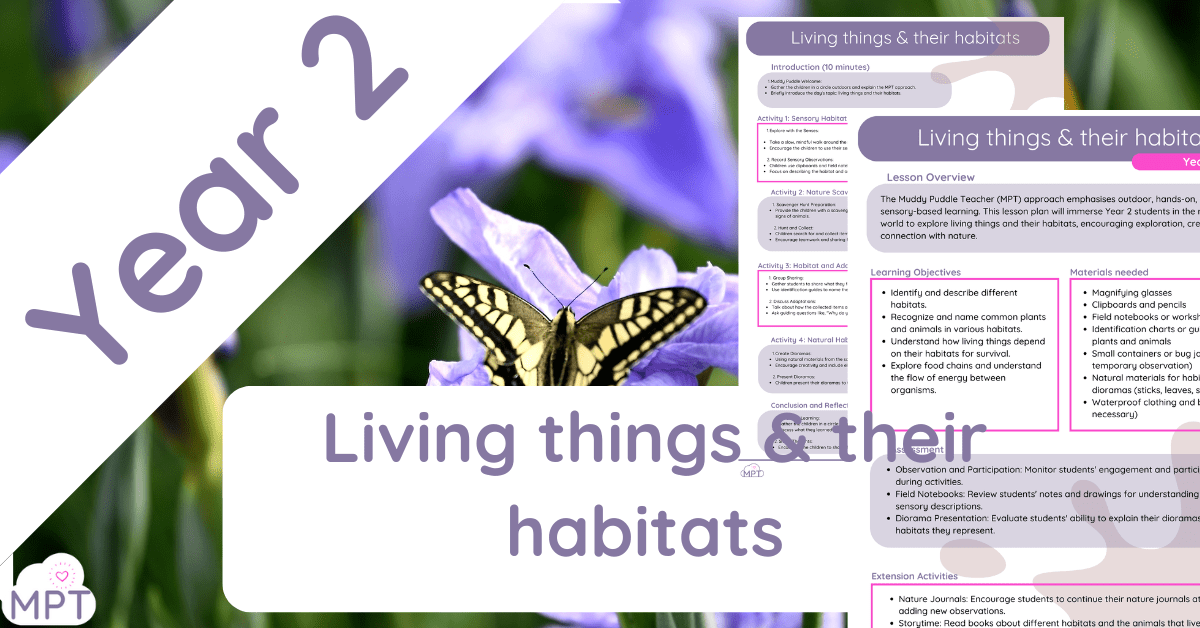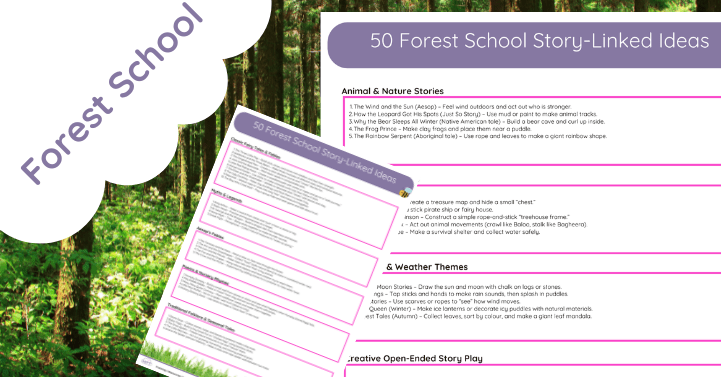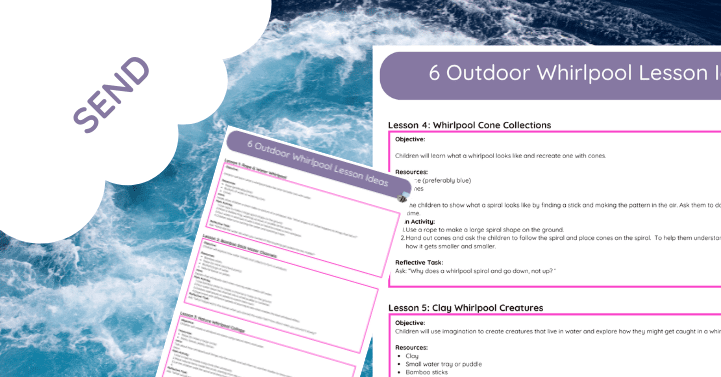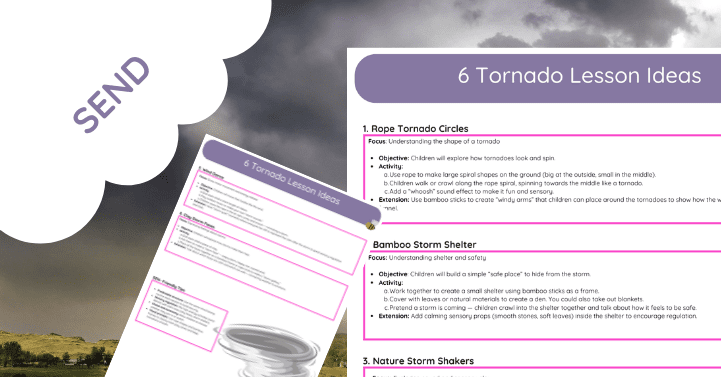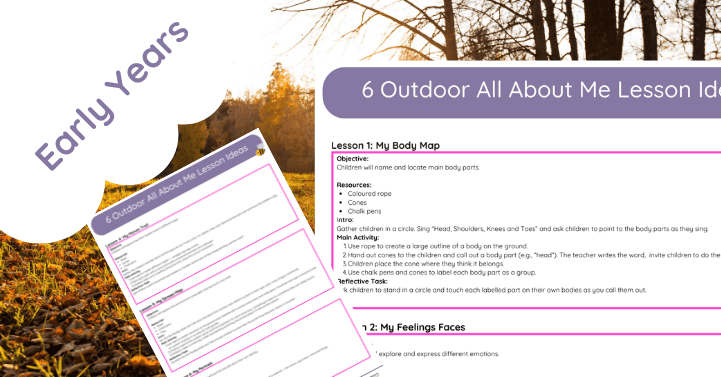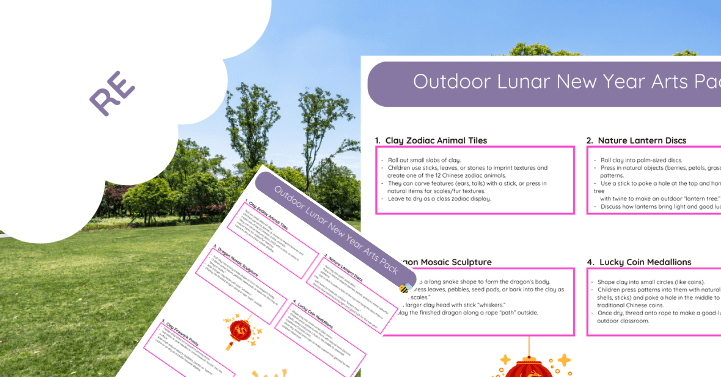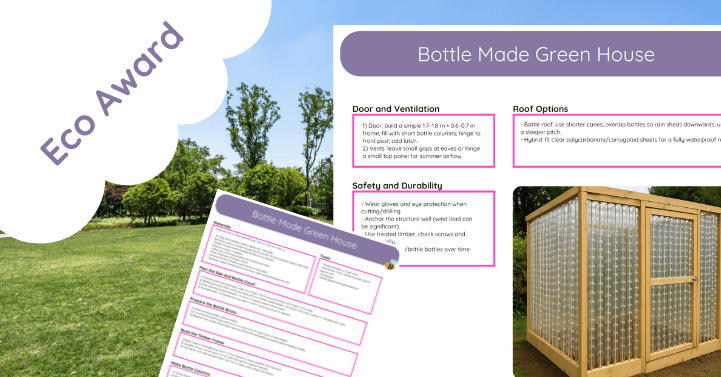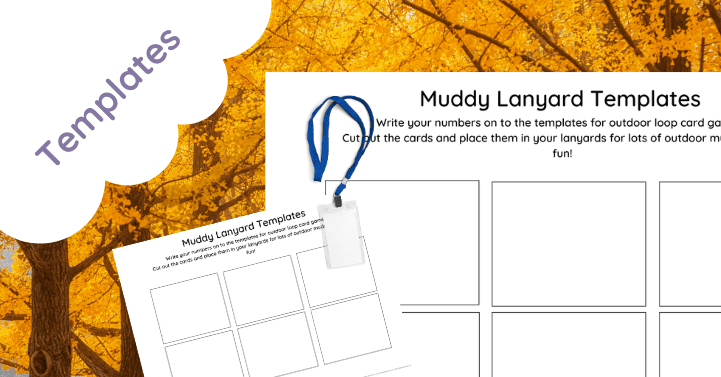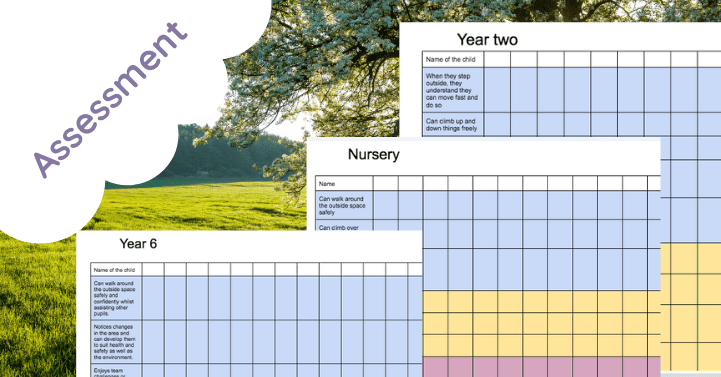More about this resource:
This is a two-sheet lesson plan to help you take this curriculum area outside for the entire session. Includes objectives, introduction activities, main activities and reflection task.
Exploring Living Things and Their Habitats: A Year 2 Guide
In Year 2, students embark on an exciting journey to discover the world of living things and their habitats. Understanding the characteristics of living organisms and the environments they inhabit is a fundamental part of early science education. This blog post delves into the essential concepts and activities to help young learners grasp these fascinating topics.
Understanding Living Things
Living things, or organisms, are defined by their ability to grow, reproduce, and respond to their environment. They include a wide variety of plants, animals, fungi, and microorganisms, each adapted to thrive in specific habitats.
Characteristics of Living Things
- Growth and Development: Living things grow and change over time.
- Reproduction: They have the ability to produce offspring.
- Response to Stimuli: Organisms respond to their environment and changes within it.
- Energy Use: They require energy to carry out various functions.
For a deeper understanding, explore these characteristics of living things.
Types of Habitats
Habitats are natural environments where living things reside and obtain what they need to survive. Here are some common types of habitats:
- Forests: Rich in trees and wildlife, providing shelter and food for many species.
- Oceans: Vast bodies of saltwater hosting marine life, from fish to corals.
- Deserts: Arid regions with specialized plants and animals adapted to dry conditions.
- Grasslands: Open areas dominated by grasses, home to herbivores and predators.
- Polar Regions: Cold environments with unique adaptations in species like penguins and polar bears.
For more on habitats, check out National Geographic Kids.
Adaptations of Living Things
Adaptations are traits that help living things survive and thrive in their habitats. For example, cacti have thick stems to store water in deserts, while fish have gills to breathe underwater.
Examples of Adaptations
- Cacti: Store water in their stems to survive arid conditions.
- Polar Bears: Have thick fur and a layer of fat to keep warm in freezing climates.
- Camouflage: Some animals blend into their surroundings to avoid predators.
Learn more about animal adaptations.
Food Chains and Webs
Food chains illustrate the flow of energy from one organism to another. They begin with producers (plants) and move through various consumers (animals).
Simple Food Chain Example
- Sun: The primary energy source.
- Grass (Producer): Uses sunlight to make food through photosynthesis.
- Rabbit (Primary Consumer): Eats the grass.
- Fox (Secondary Consumer): Eats the rabbit.
For a detailed explanation, visit BBC Bitesize on Food Chains.
Engaging Activities for Year 2
1. Habitat Diorama
- Objective: Create a miniature model of a habitat using natural materials.
- Materials: Shoeboxes, twigs, leaves, clay animals.
- Instructions: Students design dioramas depicting various habitats, including elements like plants, animals, and water sources.
2. Nature Walk
- Objective: Observe and record living things in their natural habitats.
- Materials: Notebooks, pencils, magnifying glasses.
- Instructions: Take a walk in a local park, encouraging students to note and sketch plants and animals they see.
3. Food Chain Craft
- Objective: Illustrate a simple food chain.
- Materials: Paper, markers, glue.
- Instructions: Students draw and connect pictures of the sun, plants, and animals to form a food chain.
For more activity ideas, explore these outdoor learning resources.
Integrating the MPT Approach
The Muddy Puddle Teacher (MPT) approach emphasizes outdoor, hands-on, and sensory-based learning. Here’s how to integrate this approach into lessons on living things and their habitats:
1. Modeling Ecosystems
- Activity: Use natural materials to create models of ecosystems.
- Link: Learn more about MPT’s modeling techniques.
2. Exploring Life Cycles
- Activity: Study the life cycles of different organisms, such as frogs and butterflies.
- Link: Discover life cycle exploration.
3. Using Tools for Investigation
- Activity: Utilize magnifying glasses and bug jars to observe insects and plants up close.
- Link: Explore investigative tools.
Conclusion
Understanding living things and their habitats is crucial for young learners, fostering a connection with nature and an appreciation for the environment. Through engaging activities and the integration of the MPT approach, students can explore and learn about the diverse world of organisms and their homes.
For more ideas and support, visit The Muddy Puddle Teacher and explore other related posts on our site:
- Benefits of Outdoor Play
- Creating Safe Outdoor Learning Spaces
- Incorporating Natural Materials in Play
- Spring Activities for Early Years
- Summer Outdoor Fun
By embracing outdoor learning, we can provide Year 2 students with enriching experiences that promote curiosity, understanding, and a love for the natural world.


